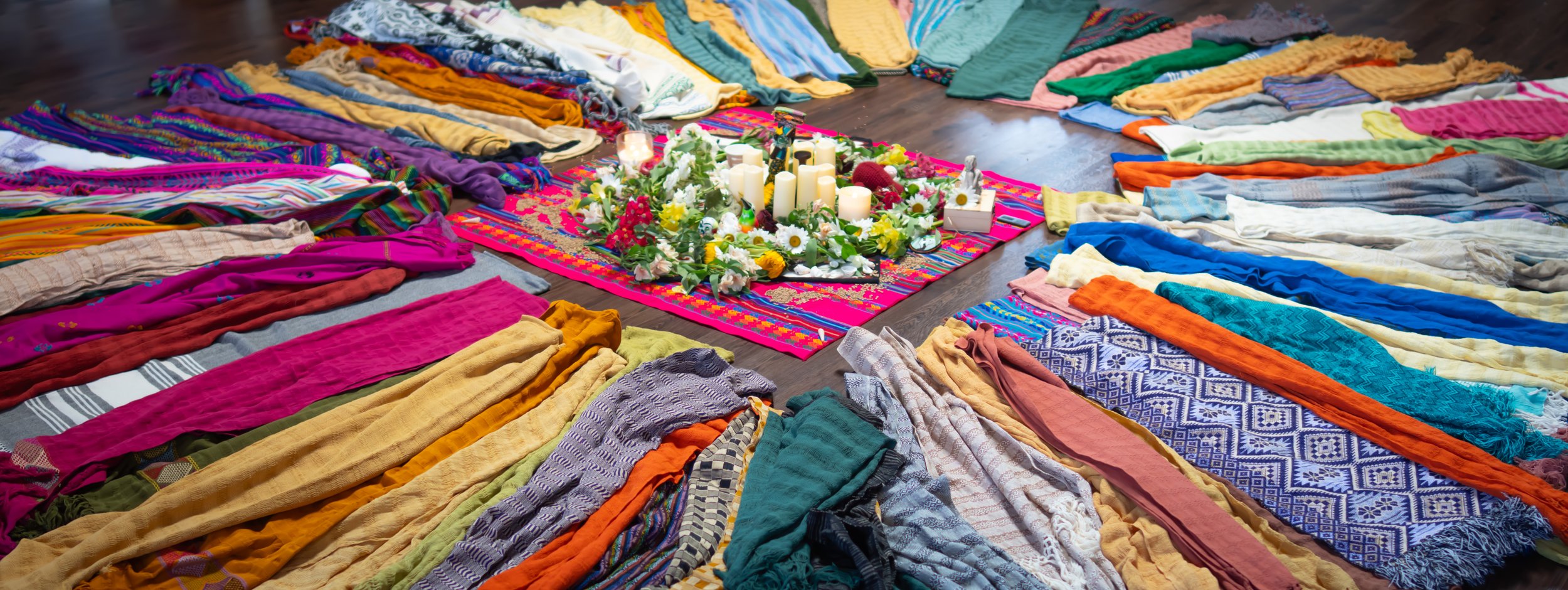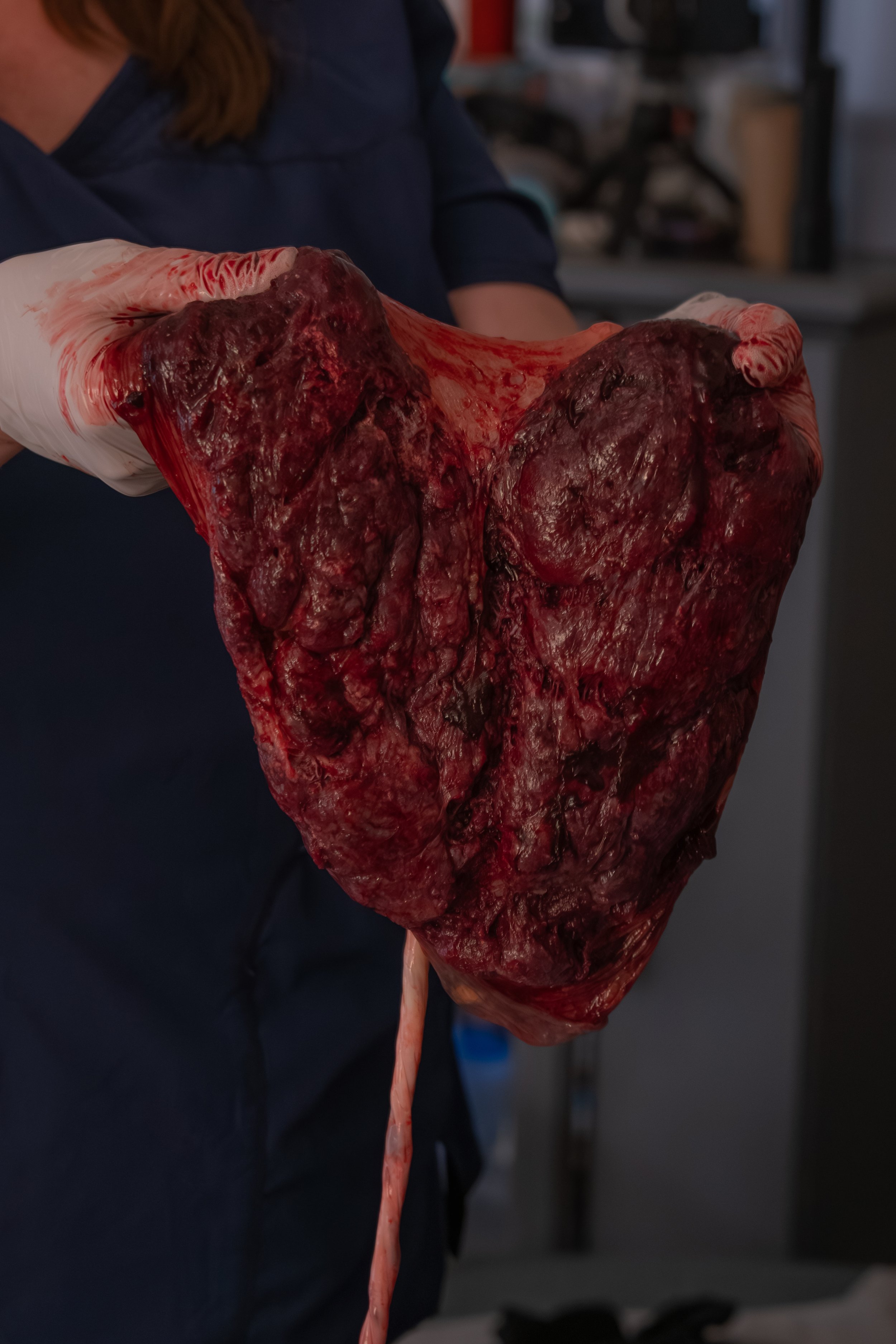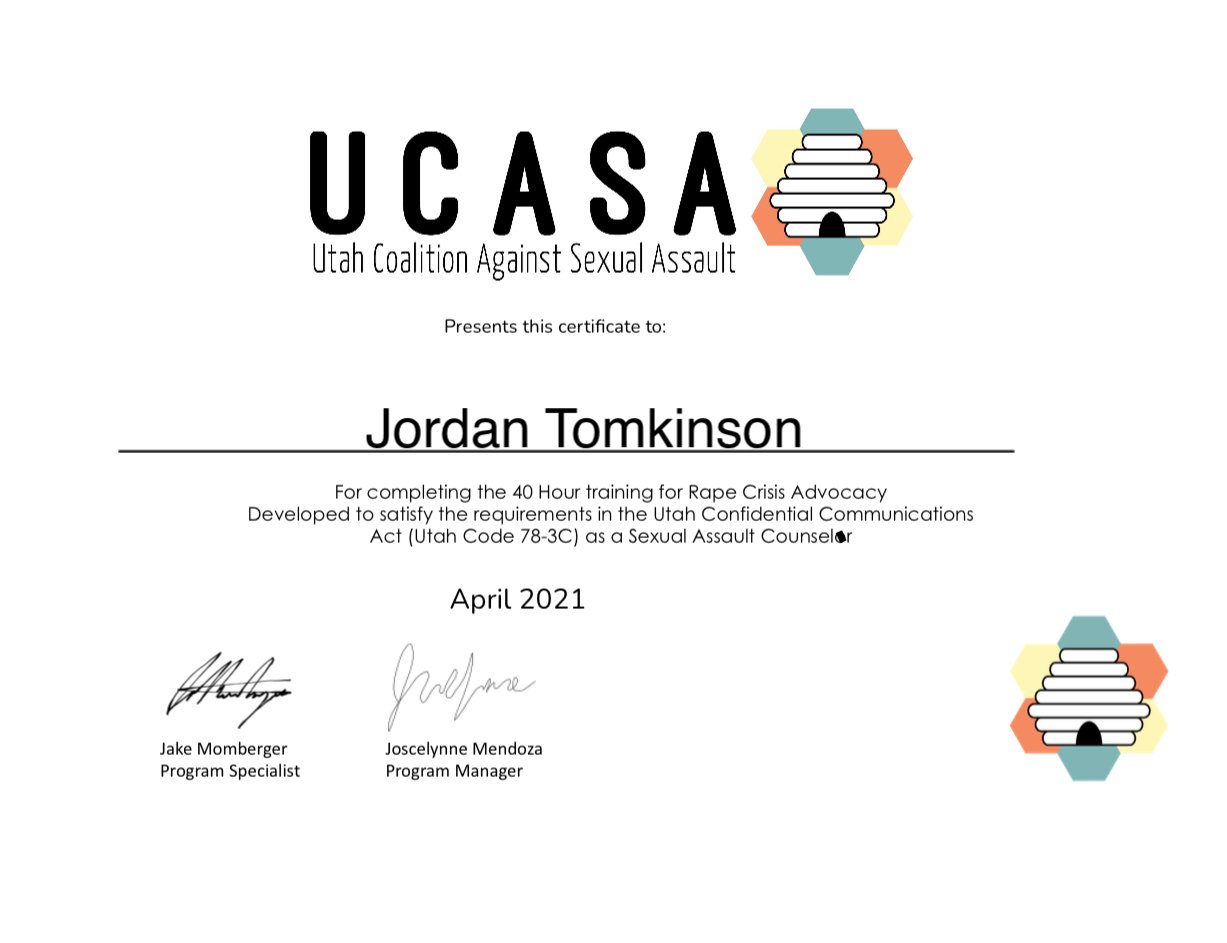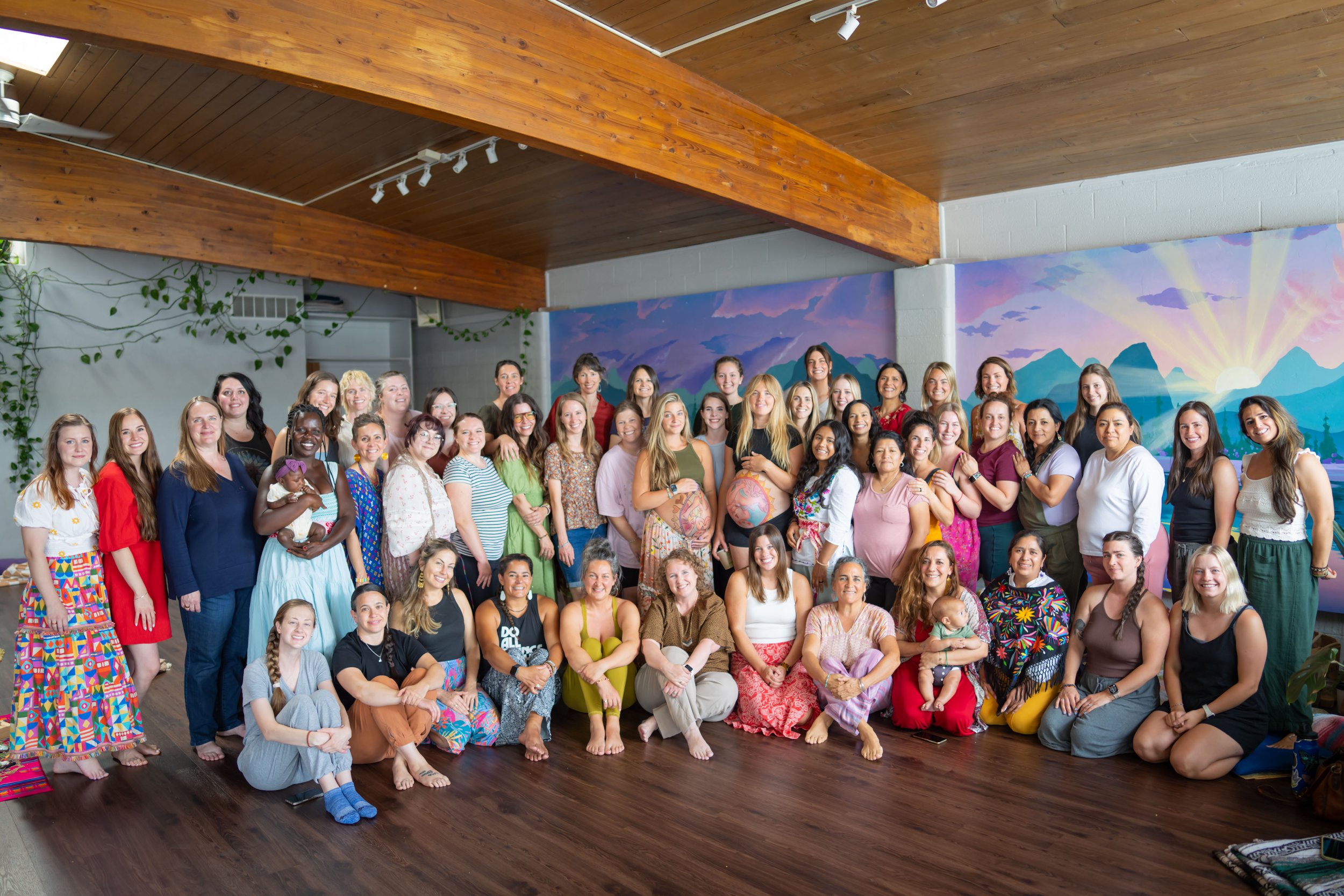HEY THERE, I’M JORDAN
Birth Photographer - Doula - Phase 2 Student Midwife
I’m so excited to be part of your birth team! While this page is primarily my birth photography portfolio and blog, I am also a Birth and Postpartum Doula, a Phase 2 Student Midwife under preceptor Jessy Collins and a Certified Birth Assistant with Utah Birth Suites, a Certified Neonatal Resuscitation Program (NRP) Advanced Provider, and a Certified Victim Advocate through the Utah Coalition Against Sexual Assault.
I enjoy other types of photography as well, including individual and family portraits, events, maternity, fresh 48, and more.
It’s always a joy being asked if I’d be down to dabble in something new to me with family, friends, peers, & clients, though births will always be my top priority for photography.
In 2026, I’m hoping to attend more out-of-hospital births & support more parents with affordably priced Birth and Postpartum Doula and Birth Photography packages. I may be a good fit for you and your birth space if:
⋆ You want to have your birth thoughtfully documented, so you can forever remember one of the most pivotal days of your entire life, and see yourself the way everyone else sees you: beautiful, brave, powerful, resilient, nurturing, and more capable than you ever knew
✴︎ You’re planning an unmedicated birth at a birth center or at home, attended by midwives, and are interested in rebozo, counter pressure, position changes, and continuous movement to support an empowering physiological birth
☆ You’re looking for someone who’s a great blend of the medical/scientific and crunchy/holistic woo-woo sides of things, who can give you open-minded informed advice from the midwifery model of care, and will support you when medical interventions are optimal and/or necessary
⛧ You’re looking to establish deep connections with your birth team, and need people around you who are open-hearted, spiritual, friendly, and authentic
✴︎ You want to feel free to be your genuine weird self, cuss a little (or a lot), crack jokes, or dance naked to rap music with a body covered in tattoos and scars, so you can comfortably and confidently pass the hours of early and active labor without worrying you’re making someone uncomfortable
⋆ You have trauma that may affect your birth experience, had a traumatic birth experience in the past, and/or a history of postpartum depression/anxiety with previous births, and you’re preparing to have the support you need and deserve
⋆ You’re LGBTQ, BIPOC, neurodivergent, witchy, ExMo, or otherwise proudly march to a non-conformist beat
Training & Certifications
Attended my first birth as a doula - 2013
Mother of 3 pretty rad kids -2014, 2017, 2018
Certified Victim Advocate, UCASA - 2021
Birth Worker 1, Aspire Birth Academy - 2024
Neonatal Resuscitation Advanced Provider, AAP - 2024
Student Midwife (Phase 1 and 2) - 2025
Arte del Parto: Rebozo for Birth, Naolí Vinaver - 2025
Postpartum Doula, Songbird Maternity - 2025
UPCOMING! Birth Doula, Songbird Maternity - 2026
Pictured: At Naolí Vinaver’s rebozo workshop, she began by teaching us the importance of vulnerability, transparency, and honesty in fostering a relationship with our clients that enhances their birth experience and supports our clients in a variety of physical, emotional, and spiritual ways!
Birth Consult
Every mom, every baby, and every birth are unique! As a birth photographer, doula, and student midwife, I believe that establishing a foundation of comfort, trust, and vulnerability goes a long way to having a birth experience that fills you with joy and pride when you think back on it.
Who you invite into your birth space matters, and it’s a profound honor for me to be welcomed in! Especially if you’re LGBTQ, BIPOC, Neurodivergent, or otherwise don’t quite fit the mold here in Utah County. If the vibes are off, the oxytocin is off… which can stall your labor, add interventions, & increase you and your baby’s risks of complications. It’s important to me that we meet and get to know each other, and that you can trust that I view myself as a protector of your birth experience.
My Birth Toolkit
I bring a doula bag with me to every birth, and it includes a range of effective tools that many of us student midwives and doulas have come to love. This includes:
a rebozo (pictured: a large traditional woven Mexican scarf) which is great for swaying with your body, supporting your belly, tug-of-war if you have an epidural and are having a hard time pushing, even changing baby’s position, and shaking tension out of your back, hips, and legs. I have a full album displaying some of these rebozo techniques in my portfolio!
a massage gun, which can relieve tension and distract your brain from contractions, provide comfort and reinvigorate your birth team for those long births where we’ve all been on our feet for hours on end, and comes with multiple attachment heads for a variety of sensations to target specific needs.
wood combs to squeeze in your hands, in what we call the “gate control” technique - your nervous system can only process so much sensory input at one time, and by squeezing the rounded points of these combs into the Laogong acupressure point in the palm of your hand, you can disrupt some of your pain signals, which may be effective to ride through particularly intense contractions.
battery powered candles and a galaxy lamp - warm candlelight has been proven to stimulate your natural oxytocin production, while harsh bright lights are less relaxing and can be a hindrance to labor progression. Cozy lighting allows you to more easily slip into the liminal space of birth.
























